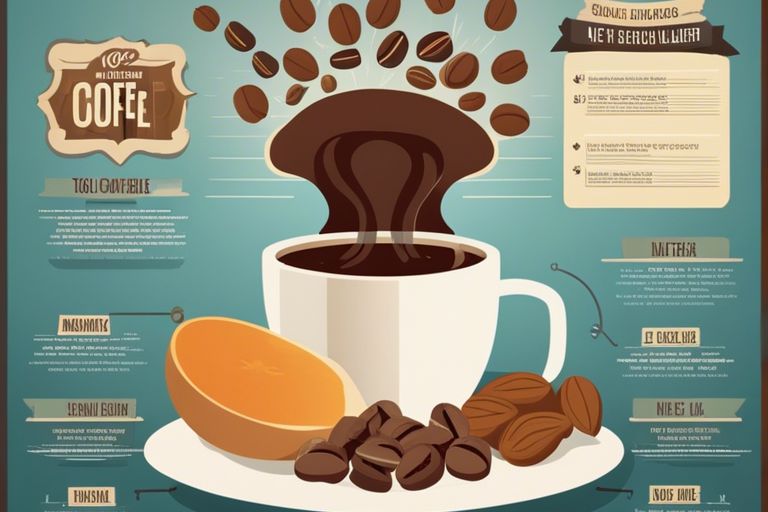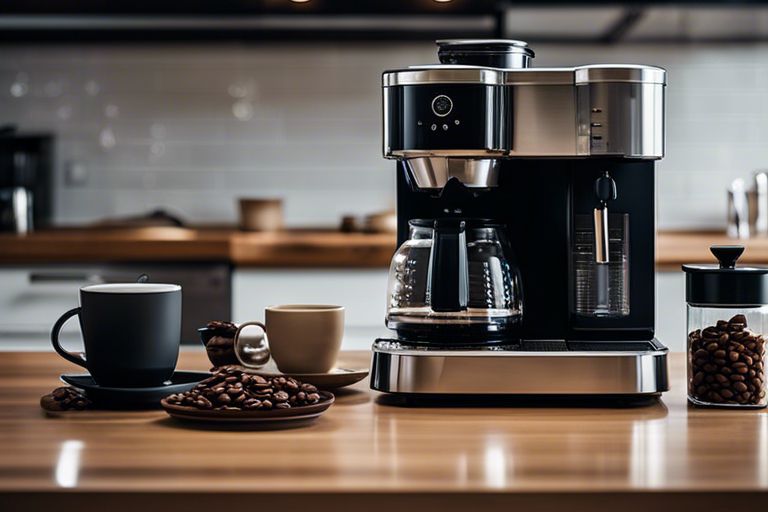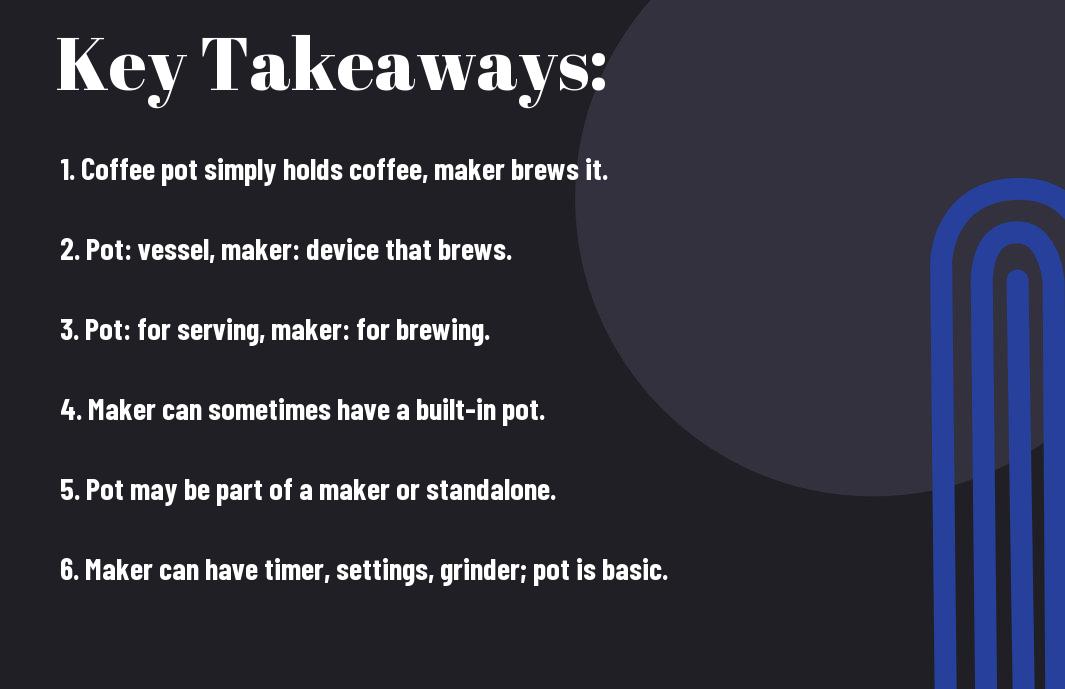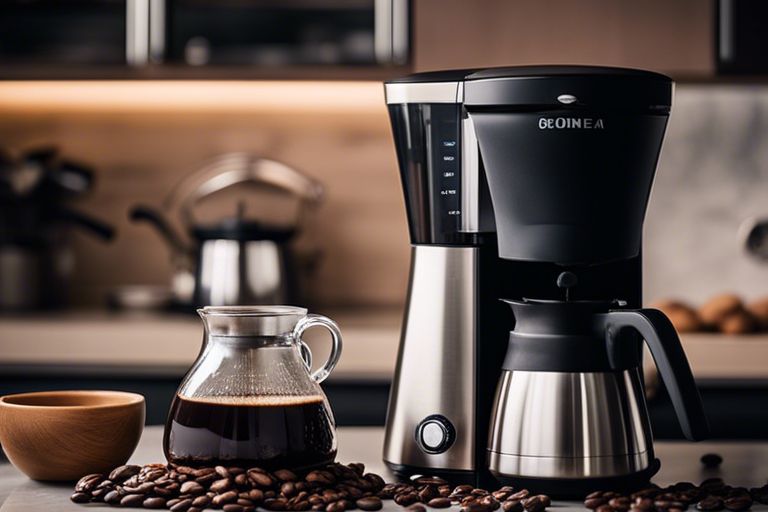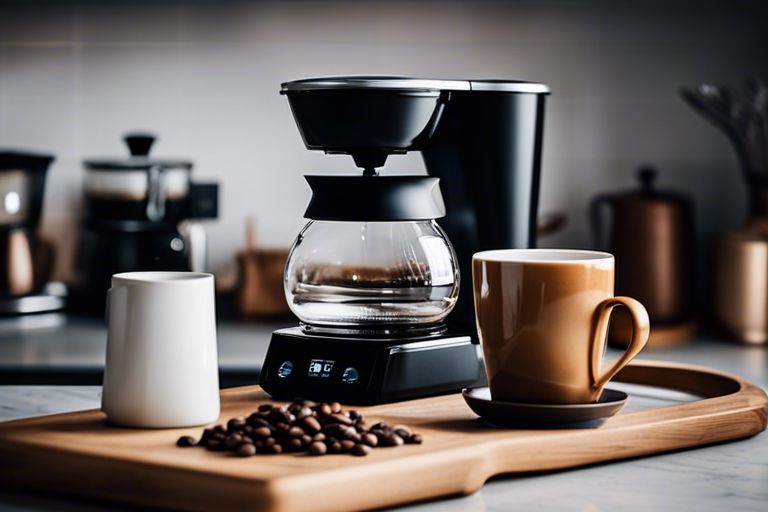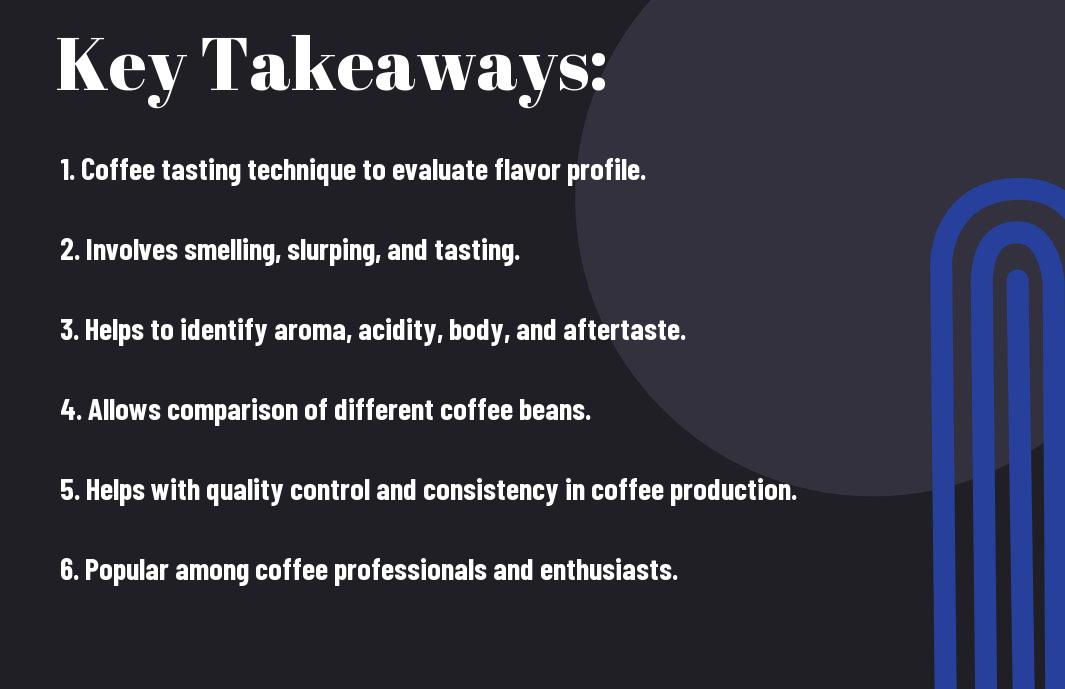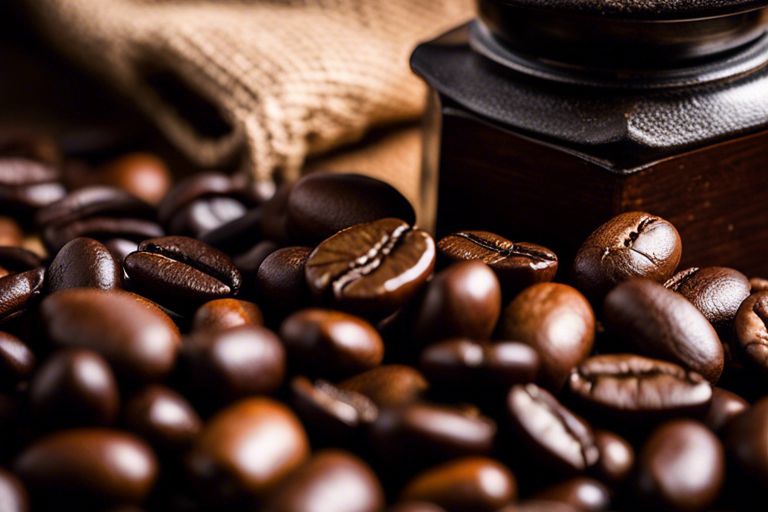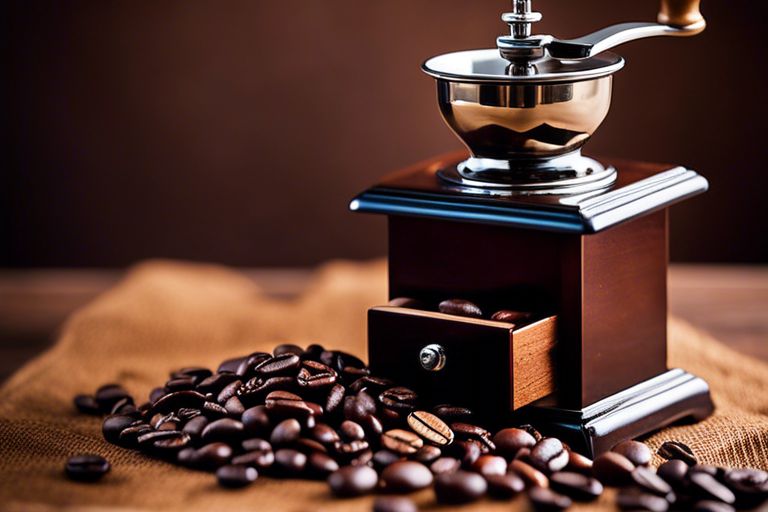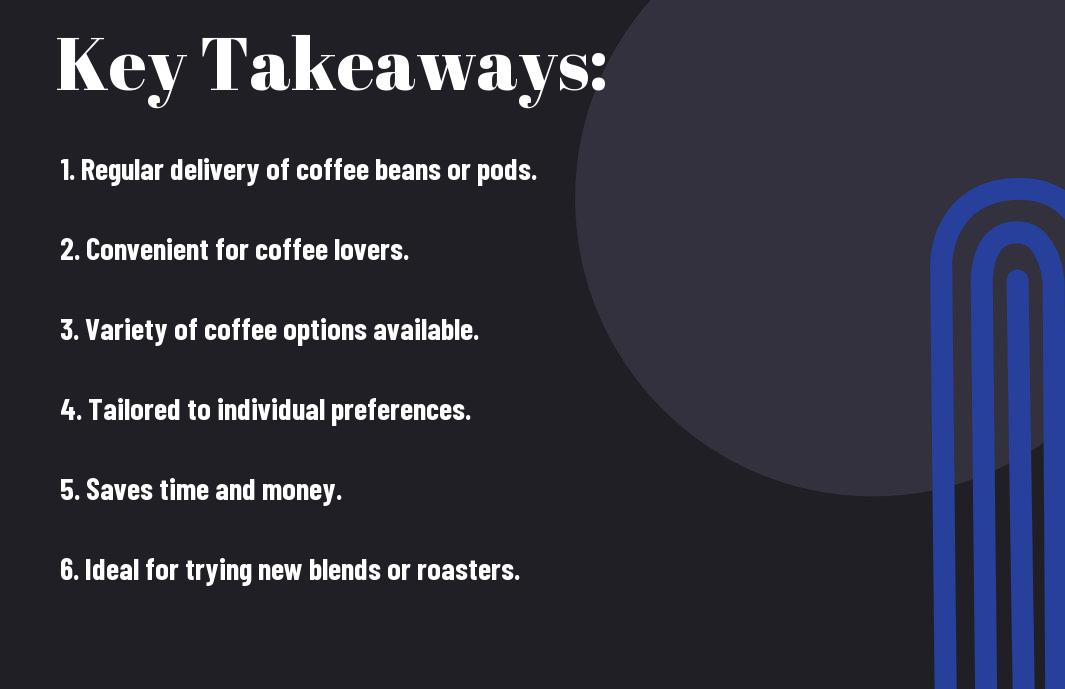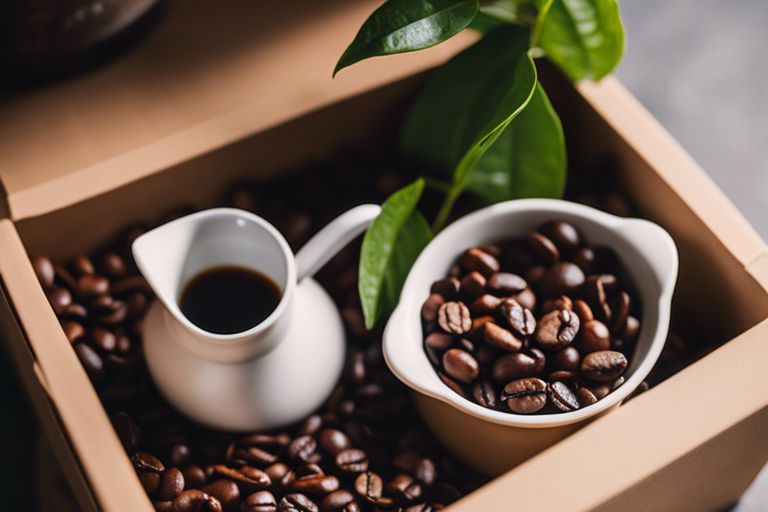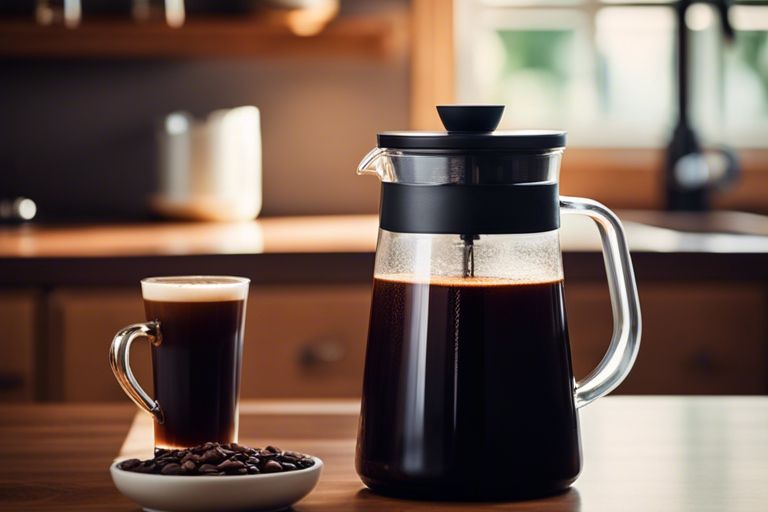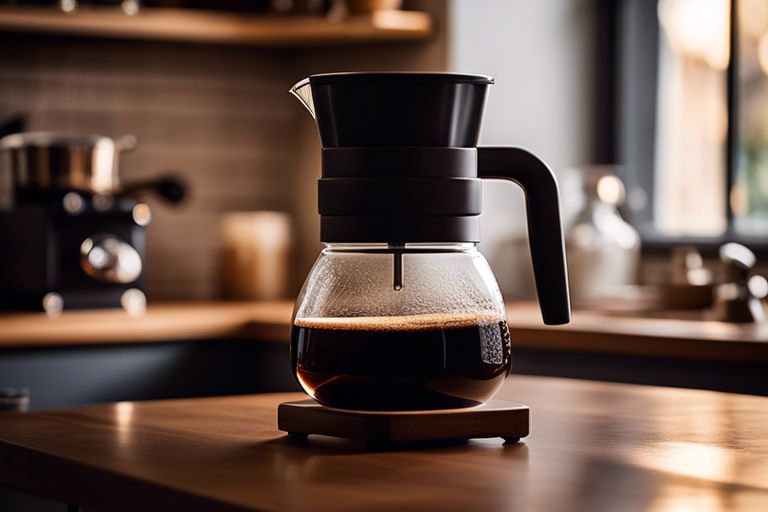With a few simple steps and a traditional cezve pot, you can brew a bold and flavorful cup of Turkish coffee. Start by grinding your coffee beans to a fine powder and placing them in the cezve with water and sugar. Slowly bring the mixture to a boil while stirring, then pour the coffee into a cup and let it settle before enjoying this rich and aromatic beverage. Follow these steps to savor the true essence of Turkish coffee at home.
Key Takeaways:
- Use finely ground coffee: Turkish coffee requires a very fine grind to achieve its distinct taste and texture.
- Pay attention to the foam: The hallmark of a well-made Turkish coffee is the rich foam that forms on top, signaling the perfect brewing process.
- Practice patience: Making Turkish coffee is a slow and deliberate process that requires careful attention to heat and timing for the best results.
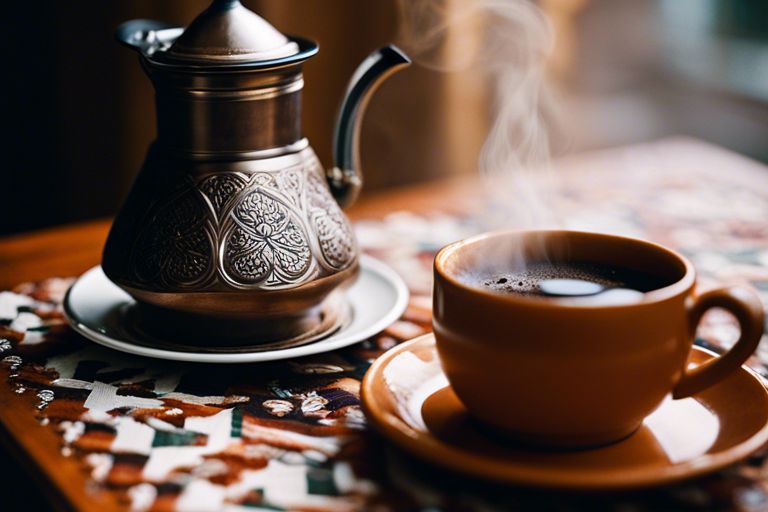
Gathering Ingredients and Equipment
Essential Ingredients
To make a delicious cup of Turkish coffee, you will need finely ground Turkish coffee beans, cold water, and sugar (optional) to suit your taste. Traditional Turkish coffee is prepared with unfiltered coffee, so make sure you have the right grind for an authentic experience.
Specialized Equipment
To brew Turkish coffee, you will require a cezve, a small, long-handled pot specifically designed for making this style of coffee. A small spoon for stirring, and demitasse cups to serve the coffee in are also recommended to complete the experience.
On your quest for the perfect Turkish coffee, you might consider investing in a briki, a Greek version of the cezve, particularly if you can’t find a traditional cezve. Briki is a great alternative and will give you similar results when brewing Turkish coffee.
This chapter covers the key ingredients and tools necessary for mastering the art of brewing Turkish coffee. With the right combination of quality beans, water, and the appropriate equipment, you are well on your way to creating a delightful cup of this time-honored beverage.

Measuring and Grinding Coffee
Measuring Coffee Quantity
Coffee, the heart and soul of Turkish coffee, requires precise measurement to achieve that perfect balance of flavor and strength. For a single cup of Turkish coffee, you will need one demitasse cup of water and one heaping teaspoon of finely ground coffee. Adjust the amount of coffee based on your preference, but remember, it is the ratio that makes Turkish coffee unique.
Grinding Coffee Beans to Perfection
Coffee, the core element of Turkish coffee, demands a meticulous approach to grinding to unlock its full potential. The beans must be ground to an extremely fine consistency, almost powdery, resembling caster sugar. This fineness ensures that the coffee fully infuses in the water during the brewing process, resulting in a velvety texture and rich flavor that is distinctively Turkish.
Another crucial aspect of grinding coffee beans for Turkish coffee is to grind them just before brewing. This preserves the freshness and aroma of the coffee, elevating the overall experience of indulging in a cup of this ancient delight.
Heating the Ibrik
Once again, if you want to learn more about the complete process of making Turkish coffee, I highly recommend checking out this comprehensive guide on How to Make Turkish Coffee – A Brewing Guide. It will provide you with detailed steps and tips to perfecting this traditional brewing method.
Choosing the Right Heat Source
Any heat source that allows you to control the temperature precisely is suitable for heating the Ibrik. Whether you prefer a gas stove, electric stove, or even a portable burner, the key is to have a consistent and adjustable heat source to achieve the ideal brewing conditions.
Heating the Ibrik to the Ideal Temperature
With Turkish coffee, the ideal brewing temperature is around 165-175°C (329-347°F) to ensure the coffee grounds are brewed to perfection without burning. The Ibrik should be heated slowly and steadily to reach this temperature range and maintain it throughout the brewing process.
For instance, you can use a thermometer to monitor the Ibrik’s temperature accurately. Heating it too quickly or reaching a temperature above the recommended range can result in a bitter taste, disrupting the delicate flavors of the coffee. Take your time and be patient to achieve the perfect brewing temperature for a delightful cup of Turkish coffee.
Adding Coffee and Water
Unlike Making Turkish coffee with a cezve, preparing Turkish coffee requires a delicate balance of adding the right amount of coffee grounds and water to the ibrik.
Adding Coffee Grounds to the Ibrik
Coffee grounds are an important component of Turkish coffee, providing the rich and robust flavor that this traditional brew is known for. When adding the grounds to the ibrik, it’s crucial to use a finely ground coffee to ensure a smooth and consistent texture in the final cup.
Pouring in the Right Amount of Water
One of the key steps in making Turkish coffee is pouring the correct amount of water into the ibrik. This precise measurement plays a vital role in determining the strength and flavor of the coffee. It’s important to follow the traditional ratio of one cup of water to one heaping teaspoon of coffee grounds for the perfect brew.
Plus, remember not to stir the mixture after adding water. Instead, gently swirl the ibrik to combine the water and coffee grounds, allowing them to infuse and create a harmonious blend of flavors.

Brewing the Coffee
Waiting for the Perfect Crema
After patiently waiting for the coffee to brew, it’s time for the most crucial moment – waiting for the perfect crema to appear. This rich layer of foam on top of the coffee is a sign of a well-brewed Turkish coffee.
For the best results, allow the coffee to brew on low heat until it starts to froth and bubble. Keep a watchful eye on the pot to catch the crema just as it forms, ensuring a flavorful and aromatic cup of Turkish coffee.
Stirring and Serving
Stirring the freshly brewed Turkish coffee is imperative to mix the grounds evenly and create a harmonious flavor profile. Use a small spoon to gently stir the coffee before serving, ensuring that each cup is consistent in taste.
For an authentic experience, serve the Turkish coffee in small cups accompanied by a glass of cold water. The cold water serves as a palate cleanser between sips and enhances the overall enjoyment of this traditional beverage.
Understanding the art of stirring and serving Turkish coffee is key to mastering the brewing process. By following these simple steps, you can savor the rich flavors and cultural heritage that this beloved drink embodies.
Serving and Enjoying
Traditional Turkish Coffee Serving Style
Your Turkish coffee is ready, and now it’s time to serve it in the traditional style. An important aspect of Turkish coffee culture is the presentation. The coffee is poured into small cups called “fincan” and served on a metal tray along with a glass of water to cleanse the palate between sips.
Pairing with Sweets and Snacks
Traditional Turkish coffee is often enjoyed with a side of sweet treats like Turkish delight or baklava. These desserts complement the strong and rich flavors of the coffee, creating a delightful harmony for your taste buds.
Snacks like pistachios, almonds, or even dried fruits can also be paired with Turkish coffee to enhance the overall experience. The combination of the intense coffee flavor with the sweetness of the treats makes for a perfect Turkish coffee ritual.
To wrap up
Now that you have learned the traditional way to make Turkish coffee, you can impress your friends and family with this flavorful and aromatic brew. Remember to use finely ground coffee beans, sugar to taste, and a cezve to achieve that authentic taste. Enjoy the experience of making and savoring this delightful beverage that has been a part of Turkish culture for centuries.
FAQ
Q: What is Turkish coffee?
A: Turkish coffee is a traditional method of brewing coffee that originated in Turkey. It is known for its strong flavor and rich texture.
Q: What ingredients do you need to make Turkish coffee?
A: To make Turkish coffee, you will need finely ground coffee beans, water, and sugar (optional).
Q: How do you make Turkish coffee?
A: To make Turkish coffee, start by adding water and sugar (if desired) to a cezve (Turkish coffee pot). Bring it to a simmer. Then, add finely ground coffee and simmer again. Pour into a cup once the coffee grounds settle.
Q: What is the traditional way to serve Turkish coffee?
A: Turkish coffee is traditionally served in small cups without handles, accompanied by a glass of water to cleanse the palate.
Q: How is Turkish coffee different from other types of coffee?
A: Turkish coffee is unique in the way it is prepared, as the coffee grounds are simmered with water to create a strong and flavorful brew. It is typically unfiltered, resulting in a rich and thick texture.
The Ultimate Guide to Brewing the Perfect Cup of Black Coffee at Home





